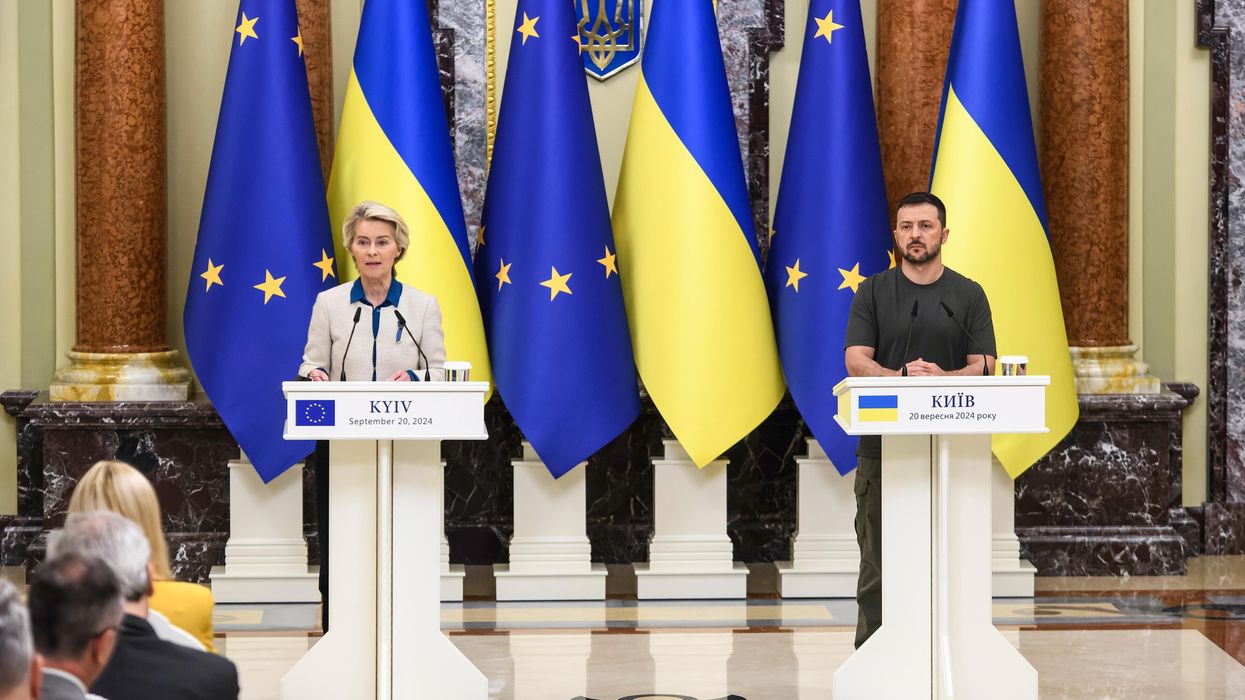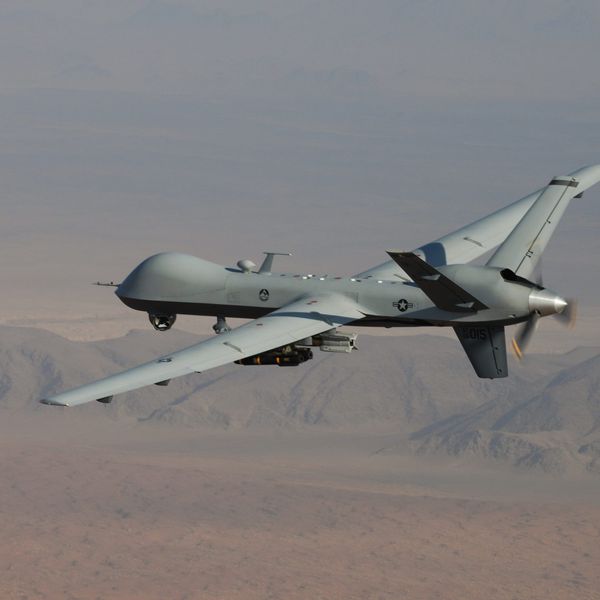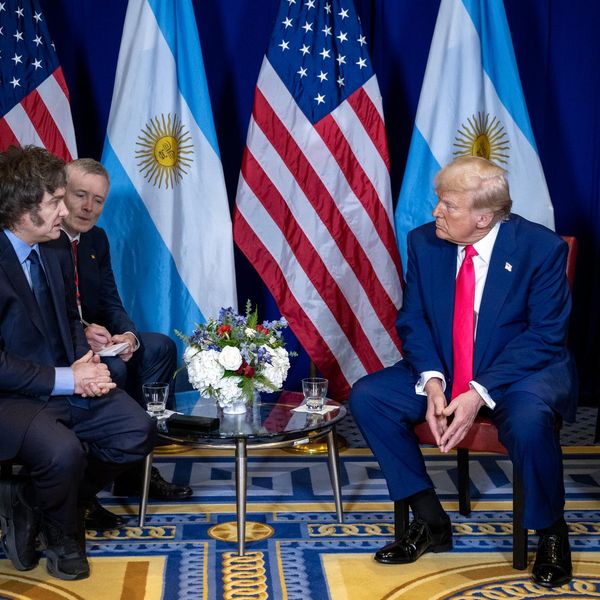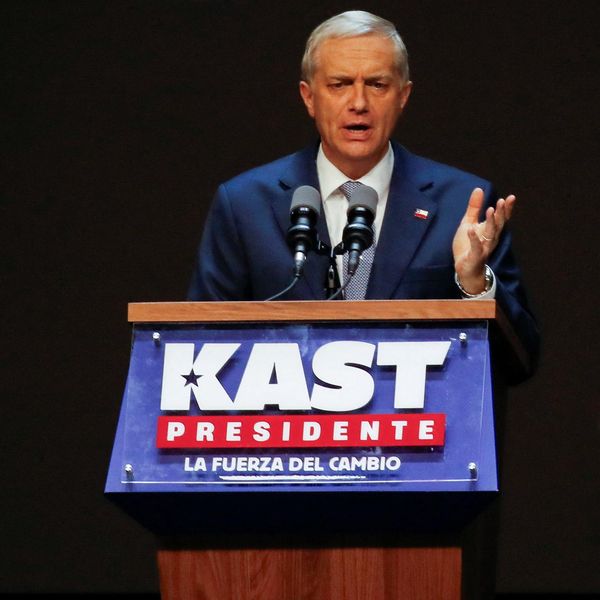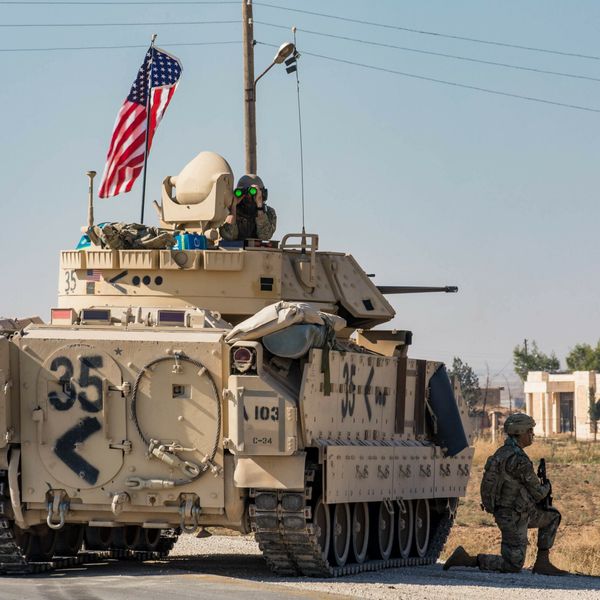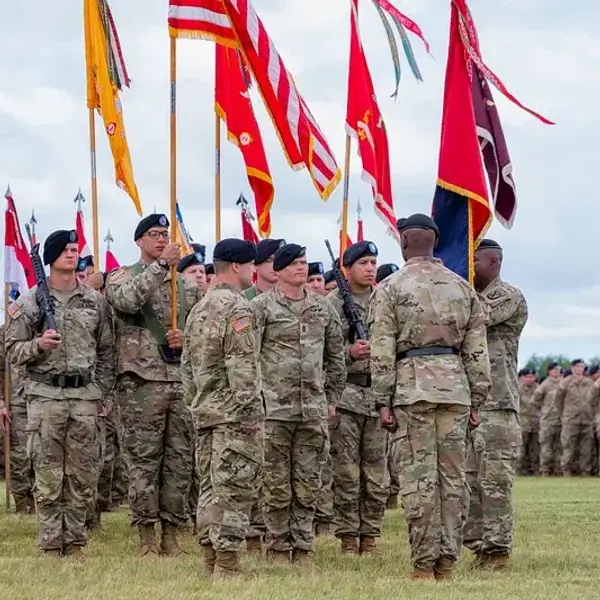At the height of the Cold War, in 1954, an 80 year old Sir Winston Churchill, perhaps reflecting upon the bloodshed and devastation of two world wars that lay behind him, urged the importance of statecraft and diplomacy over militarism to a congressional group at a White House luncheon. Reportedly, he quipped that it is “better to jaw-jaw than to war-war.” Similarly, Moshe Dayan, a former Israeli defense minister once insisted, “If you want to make peace, you don’t talk to your friends. You talk to your enemies.” Here is the thing: Diplomacy is still preferable to war. Moreover, all conflicts end in some kind of negotiation. And yet no one ever says that “we should give war one day and if that doesn’t work, wage full-scale diplomacy no matter how long it takes.” But, why not?
Studies from anthropology and psychology suggest that there may be different mechanisms at work such that people can feel morally obliged to retaliate with punitive violence against the the purported wrongdoers – even if the retaliation ultimately does more harm than good. For example, in a 2011 study, 50 U.S. student volunteers were presented with a hypothetical crisis in which a hostile foreign state held 100 U.S. citizens hostage and would likely kill them. Half of the students were asked to consider a military response, and half a diplomatic response.
When told that their course of action would save all captives, both groups supported the plan presented to them. But, when told that one hostage would be killed, most “diplomats” were hesitant to endorse further diplomacy, but “militarists” had no second thoughts. Support for the use of military force was relatively insensitive to the number of those rescued. In fact, the most common response suggested that they would continue to support military action even if 99 hostages died as a consequence (modal and median average required for the military operation to be deigned successful was 1). Similar results were found in other studies of Nigerian and Palestinian volunteers.
We need to be clear-eyed that people generally seem to be more predisposed to accept grievous losses during violence than in diplomacy. Such emotivism may have been adaptive in our distant past, as early groups of humans who imagined an “us” through such sacred principles that connected and bound them together (“religio” is Latin for “re-connect”) would have an advantage over those who did not. This idea would have particular importance for survival, when the community of “us” was on the losing side of an existential conflict. But, like any other adaptation, out of context, it can be maladaptive and cause us much harm in the present day.
What these kind of results do suggest though, is that sensationalized hawkery and militarism may be more effective at recruiting supporters because they need only appeal to the moral necessity of killing monsters, whereas a persuasive case for diplomacy depends on establishing clear criteria of effectiveness as well as confidence that it can be accomplished.
This is not good news, since we must concede that today, with the events of the past three years, the goal posts for the likelihood of effective diplomacy with Iran have moved. Foreign policy decisions, like the violation of, and withdrawal from the Iran nuclear deal (JCPOA), Secretary of State Mike Pompeo’s 12 demands, the reimposition of sanctions lifted during the JCPOA, the designation of the Islamic Revolutionary Guard Corps (IRGC) as a “terrorist” organization, and a sitting president doubling down on nakedly imperial threats of war crimes, make the likelihood of a return to diplomacy remote, at least during the current administration. Note that this doesn’t mean we shouldn’t try, but it might mean that it would be more prudent to appraise the grievous costs of staying the course, and understand how we got here.
How We Got Here
There are two contrasting ways to explain how the U.S. possibly got to this point with Iran. One focuses on the limits and characteristics of this current administration while another considers whether President Trump is less an aberration from, than the terrifying culmination of the ongoing wars. The former limits analysis to the idiosyncrasies of the Trumpists, POTUS’s habits, eccentricities, the merry-go-round chaos of his administration, and the self-aggrandizing notion of the need for “adults in the room.” The latter reflects on the corrosive effects of an ahistorical understanding and nostalgia for a lost liberal order that never was, on an overclass looking to legitimize itself, and the constellation of radicalized politics, and cultural shifts as a result of decades of war.
While the first limits criticisms to material directly linked to in ROMO (Range of Military Operations) briefings by the Joint Chiefs and the systems of the national security state — misplaced Powerpoint slides, miscommunication, and misjudgment, the second ruminates on the wider mass media environment that repeats the dominant hawkish view that only sanctions and military force registers as doing something, and that a U.S. president must use violence as a kind of performance to impress tepid allies and frighten torrid rivals.
We should always be wary of critique that makes us feel good about ourselves. More meticulous planning processes under President Obama did not prevent a series of misadventures. Indeed, better Powerpoint presentations did not achieve U.S. ambitions in Syria, Libya, or save Yemen from the abattoir. So, let’s recall that Obama tried to assassinate former Libyan leader Muammar Gadaffi using a U.S. Predator drone. Similarly, in 2003, before the invasion of Iraq, President George W. Bush dropped four enhanced, satellite-guided 2,000-pound GBU-27 “Bunker Busters” on Dora Farms in Iraq, hoping to kill Saddam, but he wasn’t there. Both used the 2001 authorization for the use of military force (AUMF) as a kind leverage over the powers of Congress and as a blank check for expanding the wars.
The system has reproduced itself for years, and now it frighteningly adapts by portraying Trump's disasters as foreign to the system itself. It is important then to consider that as unhinged and ruinous as Trump may be, it is the two decades of the long war and its culture, recycled day and night, that may have darkened and calloused U.S. policy.
The Globe as Israel
Trump has purportedly always been very sensitive to what others think and he’s particularly quite concerned with looking weak. It is not terribly surprising then that the assassination of IRGC Quds Force commander, Qassem Soleimani, reportedly did not originate with Trump but rather that he was influenced by several months of pushing and prodding by Pompeo and other Iran hawks wanting to “reestablish deterrence.” On cue, Iran hawks like Senator Lindsey Graham and former U.S. forces commander in Iraq and Afghanistan David Petraeus have already argued that the slaying of Soleimani has helped “reestablish deterrence.” But, has it?
For forty years, the U.S. has been exponentially more powerful than Iran on the global stage. But, economic and military superiority doesn’t always guarantee that action won’t provoke reaction. Other leaders also worry about looking tough and hold core interests that they are willing to defend with force. Ever since the U.S. invaded Afghanistan in 2001, and Iraq in 2003, hawks — both Republican and Democrat — have been saying we need to restore credibility, leverage, and deterrence against Iran to justify their militaristic politics.
But history illustrates that the overthrow and killing of Gaddafi didn’t stop Syria’s Bashar al-Assad from dropping barrel bombs in Syria. On larger scales, bombing Kosovo didn't dissuade terrorist attacks against the U.S. A full-scale invasion of Iraq didn't deter Russia from striking Georgia in 2008. This "performance" theory of International Relations doesn't reliably work. To really impress and signal determination against Iran, instead of a limited tit-for-tat cycle of conflict, a more intensive and risky bombing campaign would likely be needed. In which case, the U.S. would risk trading one kind of humiliation ("red lines") with another ("why haven't they surrendered yet?"). Consider the signaling of the Iranian response. The Iranians selected to neither fight, nor fold. Realists who are boxed within the conceptual frameworks of hard power, “boots on the ground,” and air supremacy may have a hard time understanding the significance of the signaling. In other words, it is not clear at this point who was more deterred by whom. Instead, much of today's hawkery suggests a desire to awe on the cheap.
Said another way, just because Soleimani was designated a terrorist by the U.S. doesn't mean that it's like dealing with al-Qaida. Iran’s IRGC is still a conventionally organized and experienced military organization with redundancies, hierarchies, and succession. We tend to fetishize the "asymmetry" of such geopolitical rivalries but frankly, functional organizations still rely on the same principles. Leadership targeting is unlikely to be an effective counter, but we're locked into one way of doing things.
We must also be prepared to consider that such behavior provokes hostile balancing, near the action and beyond. Violent politics fuel the legitimization of violent resistance even if they may dull it in the short term. If negative repercussions spread regionally, are proponents of this approach prepared to accept responsibility? If such required violence provokes further attacks on Americans, are they ready to accept accountability for such attacks? And while rough politics occur along bloody frontiers “over there,” its consequences can often come home. It is a fear with deep roots in the history of the republic, and a real process indicated in the practice of calling war by other names.
In fact, the shifting excuses, justification, and language used by the White House to explain the strike recalls the talk Israeli Defense Forces (IDF) use about quelling terrorism. In a way, the U.S. becomes like a global version of Israel, but lacking any kind of the existential geopolitical fears Israelis face. This is an anti-strategy: it lacks a hierarchy of goals and treats every obstacle as a crisis.
Threats of annihilation, infinite war, and similar statements are more common these days. Vice President Mike Pence's graduation speech to West Point about the certainty of wars to come illustrates how a fatalism about inevitable, permanent war calcifies.
In this way, the constitutional republic corrupts and mutates itself into a permanent state of apparent emergency. And while the rough politics supposedly happens only overseas, its repercussions boomerang home. Let us recall that Trump's ascent was partly fueled by the coarsening of policy and politics across two decades of war. The catastrophic, albeit more utopian and optimistic notions of interventionist wars to transform the Middle East into the U.S.’s own image are now abandoned and instead, the metastasizing militarism prescribes permanent war itself as both the illness and the cure.


